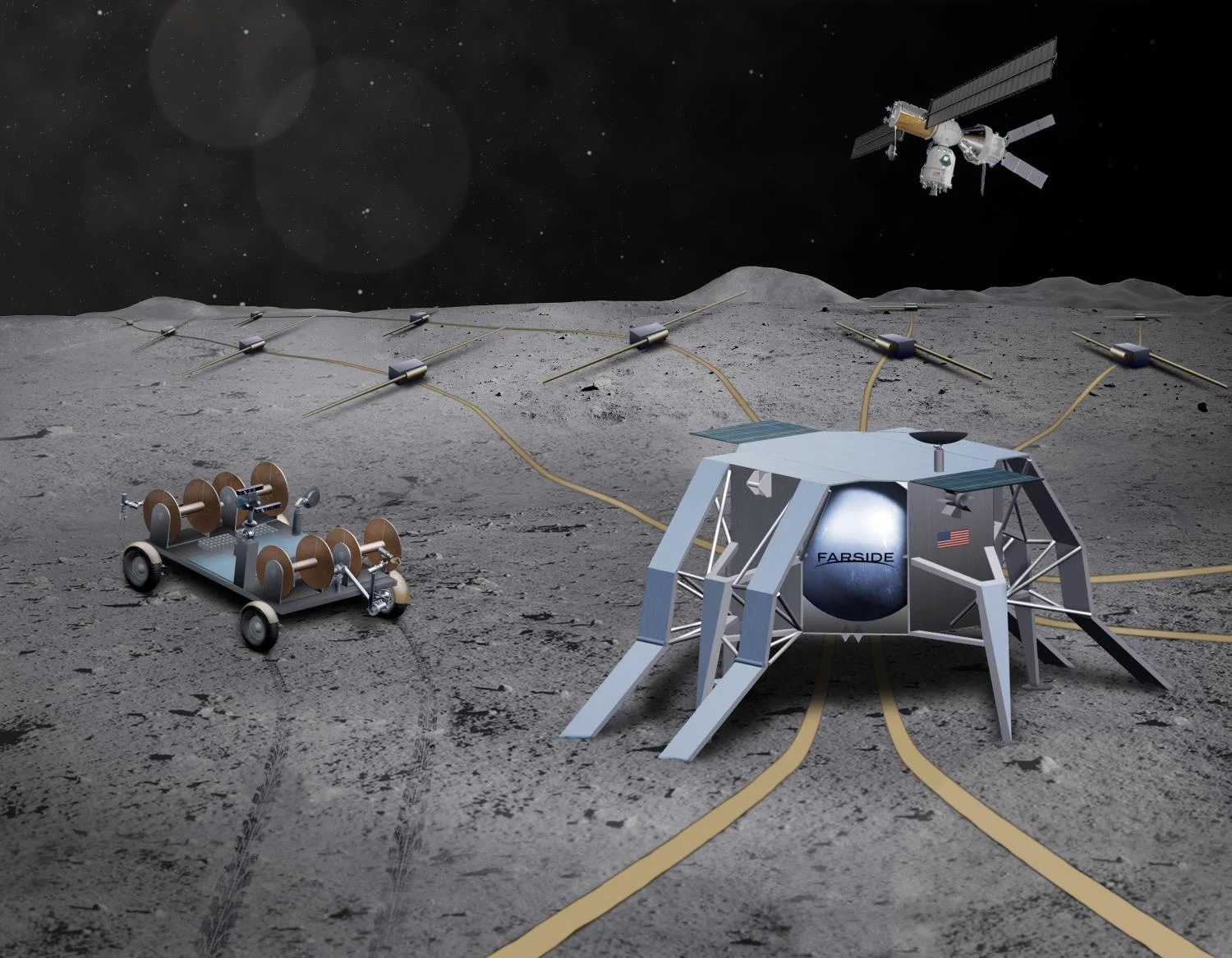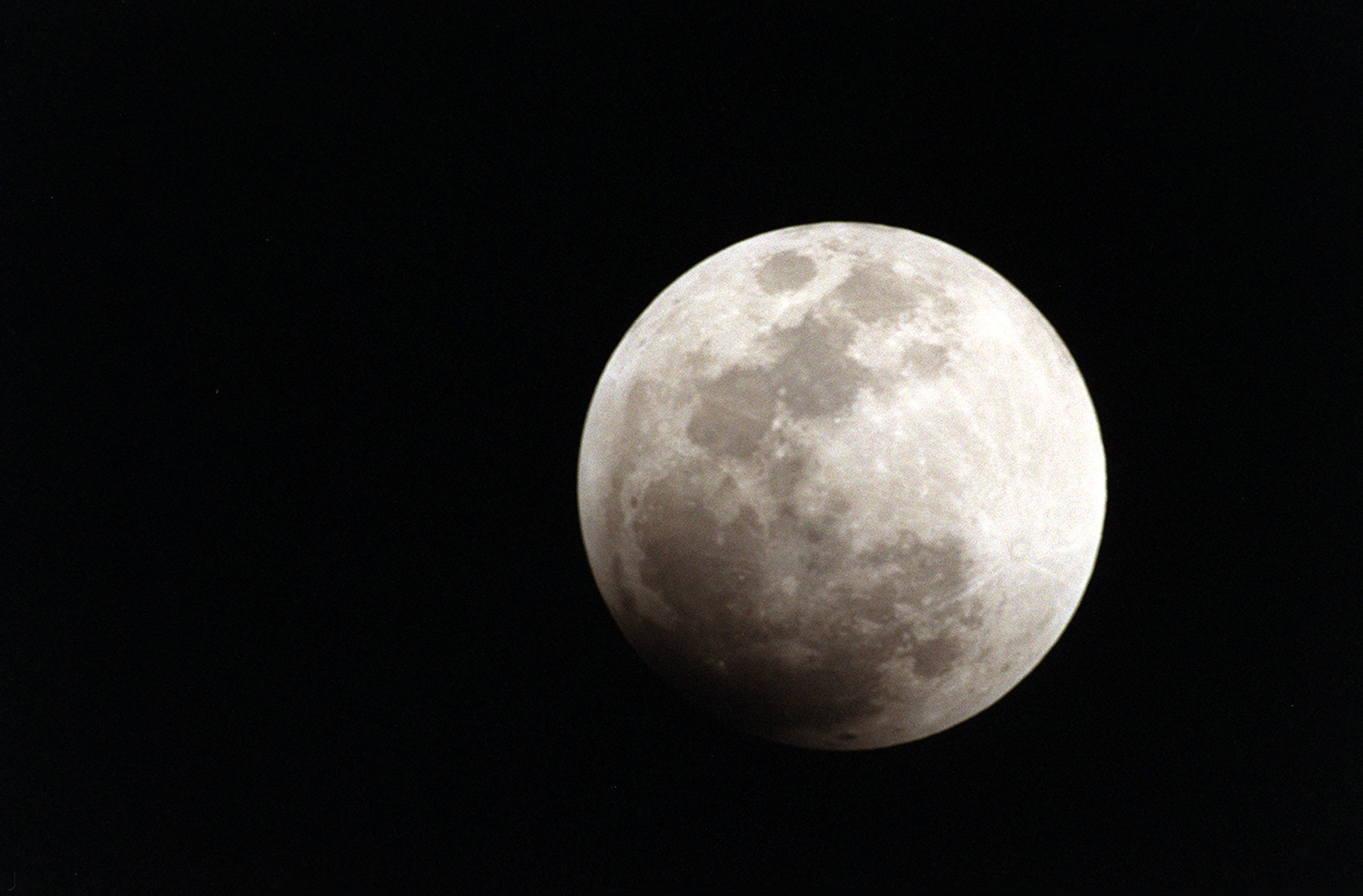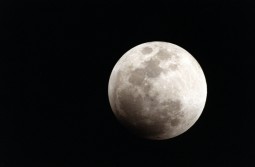 When people talk about going to the Moon, it is often in terms of establishing a station there, or finding water, or doing science about the Moon such as studying moon rocks. But we can do interesting science from the Moon that can’t be done on Earth, which is our topic today with guest Dr. Jack Burns, Professor Emeritus in the University of Colorado Department of Astrophysical and Planetary Sciences and Department of Physics. We talk about doing radio astronomy with instruments on the Moon such as ROLSES, LuSEE-Night, and FarView.
When people talk about going to the Moon, it is often in terms of establishing a station there, or finding water, or doing science about the Moon such as studying moon rocks. But we can do interesting science from the Moon that can’t be done on Earth, which is our topic today with guest Dr. Jack Burns, Professor Emeritus in the University of Colorado Department of Astrophysical and Planetary Sciences and Department of Physics. We talk about doing radio astronomy with instruments on the Moon such as ROLSES, LuSEE-Night, and FarView.
Show Producer and Host: Joel Parker
Executive Producer: Susan Moran
Additional Contributions: Shelley Schlender, Beth Bennett
Listen to the show:
Podcast: Play in new window | Download (Duration: 27:00 — 37.1MB)
Subscribe: RSS




 GLEE (starts at 8:06) We just recently celebrated the 50th anniversary of the first Moon landing. After the Apollo missions, scientists
GLEE (starts at 8:06) We just recently celebrated the 50th anniversary of the first Moon landing. After the Apollo missions, scientists 



